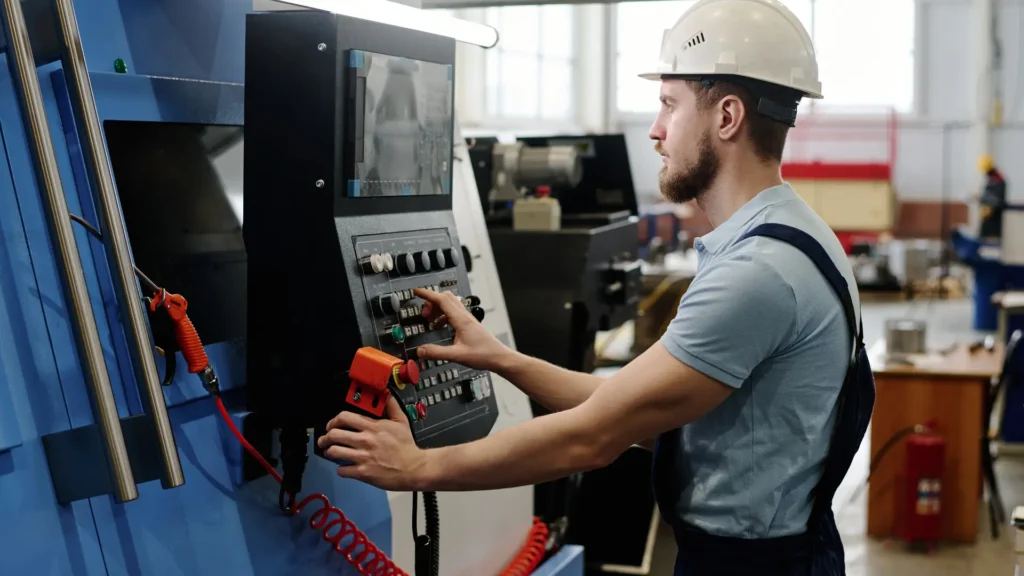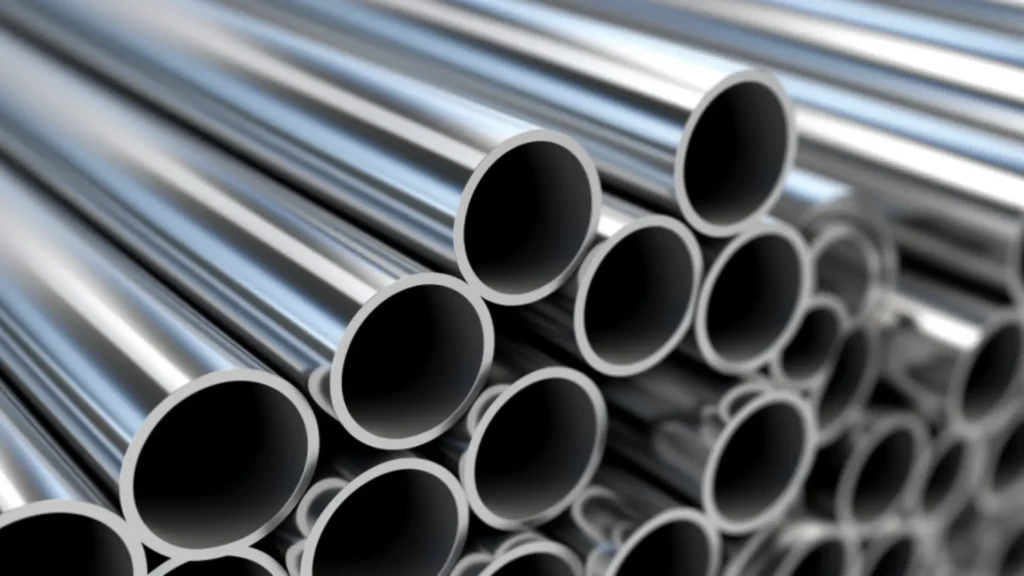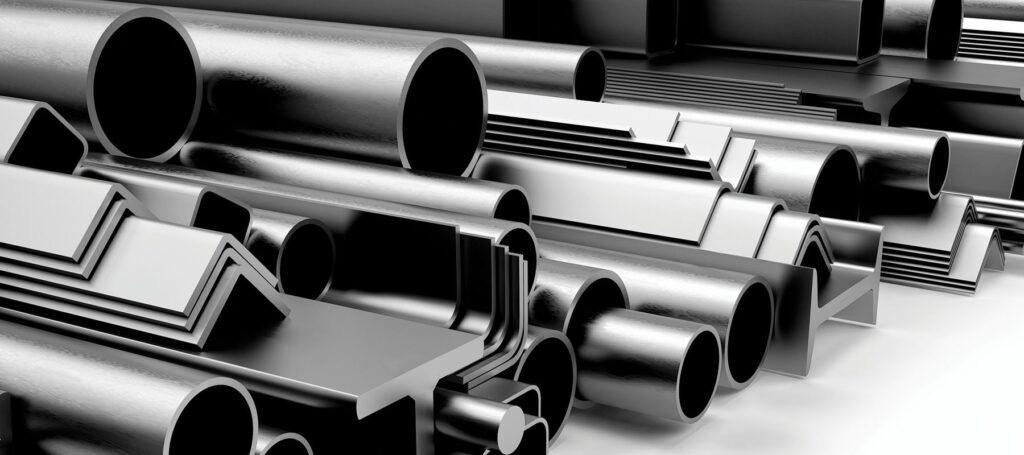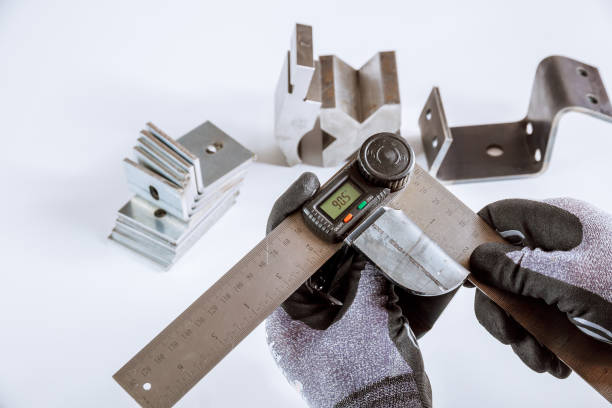In today’s competitive market, businesses are constantly seeking ways to reduce costs while maintaining or enhancing quality and performance. This case study highlights how a manufacturing company achieved substantial cost reductions through the implementation of innovative engineering solutions. By examining the strategies and outcomes, this article provides valuable insights for businesses looking to optimize their operations.
Background
A mid-sized manufacturing company specializing in automotive components faced increasing pressure to reduce production costs without compromising product quality. With rising material costs and labor expenses, the company needed a comprehensive approach to streamline operations and enhance efficiency.
Challenges
- High Material Costs: The cost of raw materials, particularly metals, was steadily increasing, impacting the overall production budget.
- Labor Inefficiencies: Manual processes and outdated equipment led to inefficiencies and higher labor costs.
- Quality Control: Maintaining high product quality while reducing costs posed a significant challenge.
Innovative Engineering Solutions
To address these challenges, the company partnered with an engineering consultancy to develop and implement innovative solutions. The following strategies were employed:
- Material Substitution and Optimization:
- Objective: Reduce material costs without sacrificing quality.
- Solution: The engineering team conducted a thorough analysis of the materials used in production. By substituting certain high-cost metals with advanced composites and optimized alloys, the company achieved significant cost savings. These new materials provided comparable or superior performance at a lower cost.
- Automation and Process Improvement:
- Objective: Increase efficiency and reduce labor costs.
- Solution: The company invested in state-of-the-art automation technology to streamline manufacturing processes. Robotic systems were introduced for repetitive tasks, reducing the need for manual labor and minimizing errors. Additionally, lean manufacturing principles were applied to eliminate waste and improve workflow efficiency.
- Enhanced Quality Control:
- Objective: Maintain high product quality while implementing cost-saving measures.
- Solution: Advanced quality control systems were integrated into the production line, utilizing real-time data monitoring and analysis. This allowed for the immediate detection and correction of defects, ensuring consistent product quality. The adoption of Six Sigma methodologies further enhanced quality management practices.
Outcomes
The implementation of these innovative engineering solutions resulted in significant cost reductions and operational improvements.
- Material Cost Savings: By optimizing material usage and substituting with cost-effective alternatives, the company reduced material costs by 20%.
- Labor Cost Reduction: Automation and process improvements led to a 25% reduction in labor costs, while also increasing production capacity.
- Improved Quality: Enhanced quality control measures reduced defect rates by 30%, resulting in fewer returns and higher customer satisfaction.
- Overall Cost Reduction: The combined strategies led to an overall cost reduction of 15%, significantly improving the company’s bottom line.
Conclusion
This case study demonstrates how innovative engineering solutions can drive cost reduction while maintaining or enhancing product quality. By leveraging material optimization, automation, and advanced quality control, the manufacturing company achieved substantial savings and operational efficiencies. These strategies provide a valuable roadmap for other businesses seeking to optimize their operations and remain competitive in a challenging market.








